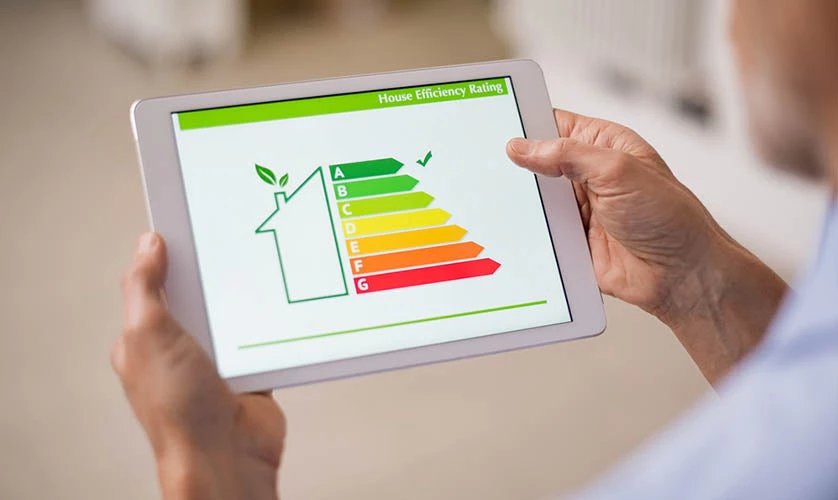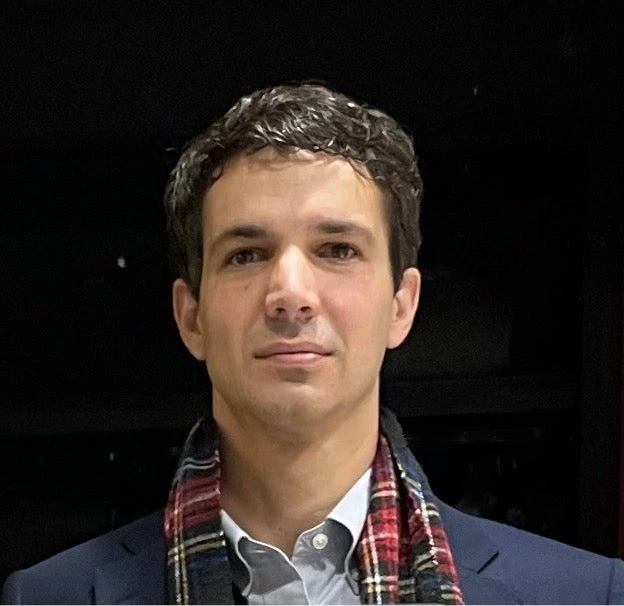
Latin America and the Caribbean faces immense challenges and opportunities in transforming its energy sector. Energy demand is forecasted to grow over 50% by 2050, and countries in the region need to ensure this surge does not undermine their commitment to a sustainable energy future. Prioritizing energy efficiency is key to effectively address this dual challenge.
Amidst these developments, a new report from the World Bank, "Realizing the Potential of Energy Efficiency in Latin America and the Caribbean," finds that energy efficiency improvements in the region have stagnated in the last 20 years and provides guidance on the main levers to drive further progress. In the last 15 years, the United States and the EU have reduced their energy intensity by 2% and 1.8% each year, while Latin America achieved a modest average annual reduction of 0.5%.
This slow progress calls for urgent action to support regional efforts for climate action and zero emissions while spurring competitiveness, especially in the context of volatile global energy prices.
What has been done?
Overall, countries in Latin America and the Caribbean have implemented nearly 300 energy efficiency measures and programs since 1985. However, progress has been uneven across – some nations have shown consistent actions and efforts for over 20 years, while others exhibit sporadic activity. For example, Mexico was among the champions of energy efficiency efforts in the region, implementing voluntary agreements for energy efficiency, collaborating with industrial sector companies to provide technical support, promote energy reduction, and certify good practices.
These advancements have enabled countries to enhance their overall scores in energy efficiency as measured by the Regulatory Indicators for Sustainable Energy (RISE), a tool developed by the World Bank to assist governments in assessing their energy policies. Consequently, the region has successfully decoupled economic growth from growth in energy demand over the past 15 years, aided by changes in productive structures.
However, despite many good practices, the region still faces significant gaps to improve its energy efficiency. Regulatory gaps, uneven enforcement of regulations, lack of coordination between public and private stakeholders, policy instability, and disparities in technical capacities have limited investor interest and directly impacted energy usage. Moreover, price distortions, such as energy subsidies, create significant obstacles that hinder the attainment of higher energy efficiency levels.
How can we clear the path for progress?
The good news is that countries in the region can significantly scale up their energy efficiency efforts to foster green, resilient, and inclusive growth. The IEA estimates that these reductions can quadruple the positive improvements of the past 20 years (0.5% annually) and reach an annual rate of 2.3% by 2040, which can readily translate into improved affordability of energy for households and competitiveness of businesses. Energy efficiency improvements resulting from energy subsidies and regulatory reforms also offer substantial energy savings for local economies, according to an econometric analysis conducted as part of the World Bank report.
The potential cumulative savings from energy efficiency policies are estimated to reach a staggering $6.3 billion in Brazil, adding up to a total of 18 billion regionally. While larger countries in the region tend to show the largest savings in absolute terms, the smaller and more vulnerable nations in Central America and the Caribbean stand to benefit the most in terms of relative savings.
Now is the perfect time to reassess the available options and intensify efforts toward enhancing energy efficiency. Three pivotal factors must be considered:
- Long-term commitment and a comprehensive vision as key aspects of successful policy. National planning, governance, and financing mechanisms emerge as prominent regulatory policies to reduce energy intensity and enhance energy efficiency across different sectors of the economy. Addressing these regulatory gaps alone could lead to a 2.3% reduction in energy intensity in the region.
- Incentives for integrating more efficient technologies throughout sectors and improved access to information on the impact of these advancements. To make this a reality, it needs to be accompanied by financial support and assistance for the transition.
- Reducing energy subsidies while safeguarding vulnerable populations. Simulations conducted in the Report highlight the effects of reducing fossil fuel subsidies. While the average reduction in energy intensity for the region is smaller compared to improvements in regulation, specific countries such as Argentina and El Salvador could achieve reductions as high as 2.5% in energy intensity due to substantial public support received by their energy sectors. Energy efficiency measures can therefore be a powerful policy to support a progressive reduction of fossil fuel subsidies while protecting the most vulnerable.
The set of policies identified in the Report can contribute to fueling green, resilient, and inclusive growth in the LAC region, improving energy affordability for the poor and competitiveness of business while creating local green jobs.
Subscribe here to stay up to date with the latest Energy blogs.




Join the Conversation